Community consensus can help Bay St. Louis set our course for the future, so bring on a new Comprehensive Plan.
- by Ellis Anderson
Of course, we want to keep our own unique character. We don't need to imitate anywhere - we're a place apart. But in which direction would we rather lean as we're rapidly growing?
Royal Street has a worldwide reputation for fine dining, art, shopping and homes. It's a place you want to spend the day with your children and elderly grandma. Bourbon Street also has a worldwide reputation, one for nightlife and partying. It's an adult destination. So which direction for our Bay? And how do we choose?
Should we keep our traditional focus of attracting families who want to raise children in a safe environment and visitors who enjoy our restaurants, galleries and boutiques like Fairhope, Ala. has done? Or is our goal to create a more Bourbon Street-type atmosphere, and grow our reputation as a place for party-based tourism?
Of course historically, our town has always offered a celebratory component. Family events like Crab Fest are woven into our heritage. The legendary Dock of the Bay restaurant and music club was both beloved by all, as were several other pre-Katrina beachfront establishments that mostly catered to locals. Yet, the community also drew some serious lines. A little recent history
After gambling came to Mississippi in 1990, there was a push to build a casino on the Bay’s beachfront. Citizens rallied and protested that it would change the town’s character. After much deliberation, the city set a 25-acre minimum for a casino. The present site of Hollywood Casino was selected. Old Town’s sweet hometown heart beat on.
The town reached another crossroads soon after Hurricane Katrina. Developers proposed an enormous casino at Beach and Main. In order to meet the 25-acre requirement, many surviving buildings – including some historic ones – would have to be demolished. A Disney-like reproduction of Old Town would be built to house the casino (sounds unbelievable now, doesn't it?). When the proposal came before the city council, citizens packed the large meeting room, almost all of them protesting. Later, the Sea Coast Echo ran two consecutive full-page ads against the proposal, stating “a casino in Old Town … would be a case of inappropriate placement.” The ad was paid for and signed by 82 residents and business owners. The proposal melted away.
Excerpt from "Under Surge, Under Siege, the Odyssey of Bay St. Louis and Katrina" by Ellis Anderson published in 2010 by University Press of Mississippi. Click below to find out more.
A new crossroads
We’re at another crossroads now. We’ve grown from a sleepy little beach town recovering from the storm of the century to a bustling destination. There’s an increased number of both residents and visitors.
What’s also changing are the reasons all these people are attracted to the Bay. Traditionally, the Bay’s always been a rest and relaxation spot for families, especially from the New Orleans area, who came to dine, shop and hang out on the beach. Now there seem to be more folks looking for an energetic nightlife. Because of these shifting dynamics, you’ve probably heard many generational locals say they avoid downtown altogether now. They mention things like overcrowding, rowdy behavior, parking, traffic and noise. Here’s one small example: I lived in the 100 block of Main Street for many years pre-Katrina and never heard amplified music from The Good Life or Dan B’s or the Fire Dog or the Dock. Now, I live a mile and a half from the beachfront and can sometimes make out the lyrics to the songs being performed on weekend nights. Is that a problem? To some, no. It’s the sound of people having fun and money being made! To others, yes, it’s a definite problem. We want to enjoy our homes with the music of our choice, or none at all. Community Consensus
As town dynamics have changed without a set direction, without community consensus, neighbors are sometimes pitted against neighbors because outdated ordinances aren’t clear cut. Contingencies haven’t been considered. The overall town vision is muddy.
That fact hit home for me a few months ago, the first time I heard someone in a neighboring town joke that Bay St. Louis was now Bar St. Louis. While the city is being lauded nationally for our art scene and historic district, we’ve also gained a more regional reputation as Party Central. So which image do we want to prevail? Where do we want to live? Do we want to be more like Royal Street or Bourbon Street? Or somewhere in between? Obviously, the people of Bay St. Louis need to arrive at a consensus as we go forward. Once we set our collective goals, we can start addressing the issues attached to all three of those choices. A new Comprehensive Plan
There’s a community-driven process to arrive at such a consensus. It’s called a Comprehensive Plan. And Bay St. Louis is long overdue for a new one.
Here’s how it works: Professional urban planners gather input from the public to create a 25-year vision. Together, residents consider all major aspects of community life: roads, parks, education, economics and town character (to name a few). Everyone has an opportunity for their voice to be heard. Eventually, this community consensus is distilled into a long document. The final document has more chances for community input. Then it’s adopted by the city council. Afterward, the Zoning Ordinance and maps are updated to reflect the new vision in the Comprehensive Plan. The plans are supposed to be reviewed and updated every five years or so, allowing city governments to make course corrections along the way - with citizen input. The current Bay St. Louis comprehensive plan was passed in 2008. To my knowledge, there has been no updating process. In the 2008 plan, one of the most repeated comments? “We want to keep our town character.” But what exactly is that now? So while our city council will be facing the usual issues of budgets and economic development and water quality and of course, the perennial bee in our town bonnet, drainage, this year, they also need to asking themselves and their constituents the two most important questions of all:
Comments are closed.
|
Categories
All
Archives
July 2024
|
Shoofly Magazine Partners
Our Shoofly Partners are local businesses and organizations who share our mission to enrich community life in Bay St. Louis, Waveland, Diamondhead and Pass Christian. These are limited in number to maximize visibility. Email us now to become a Shoofly Partner!

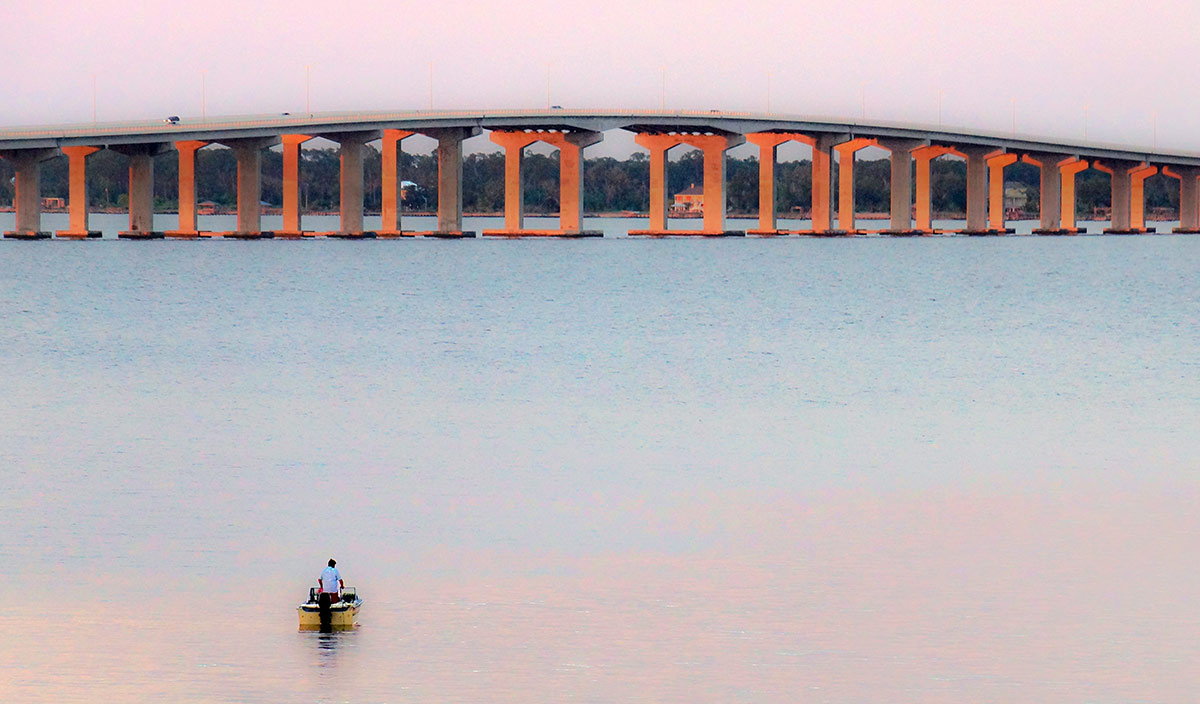

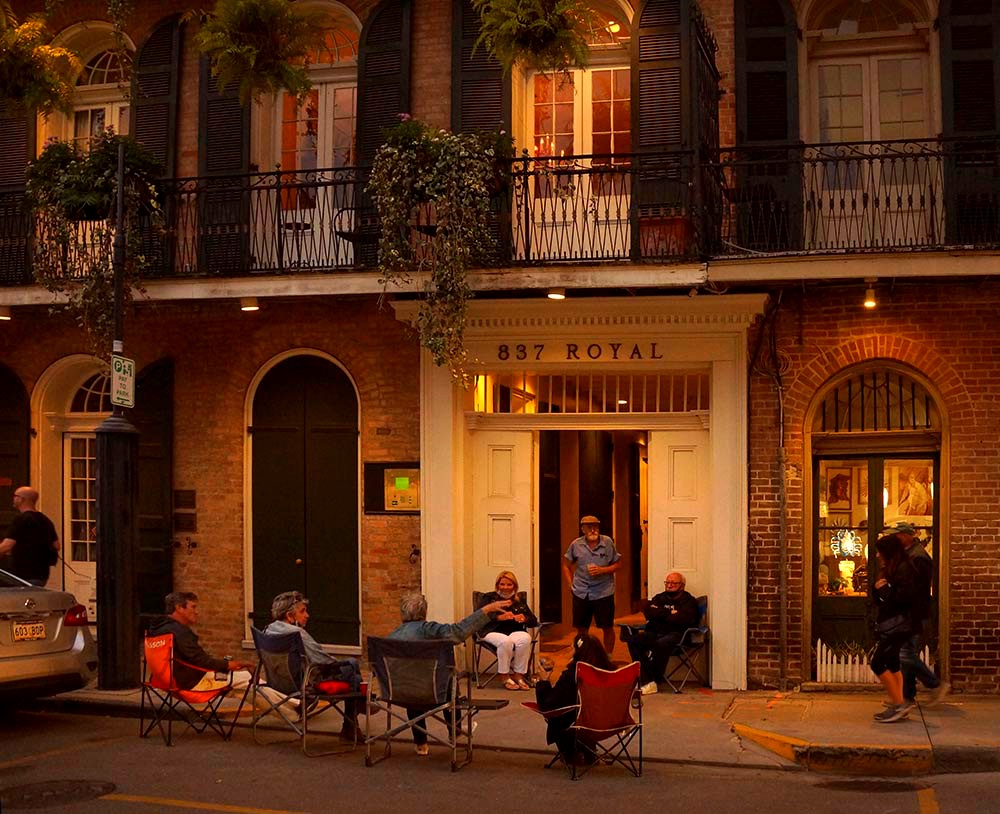
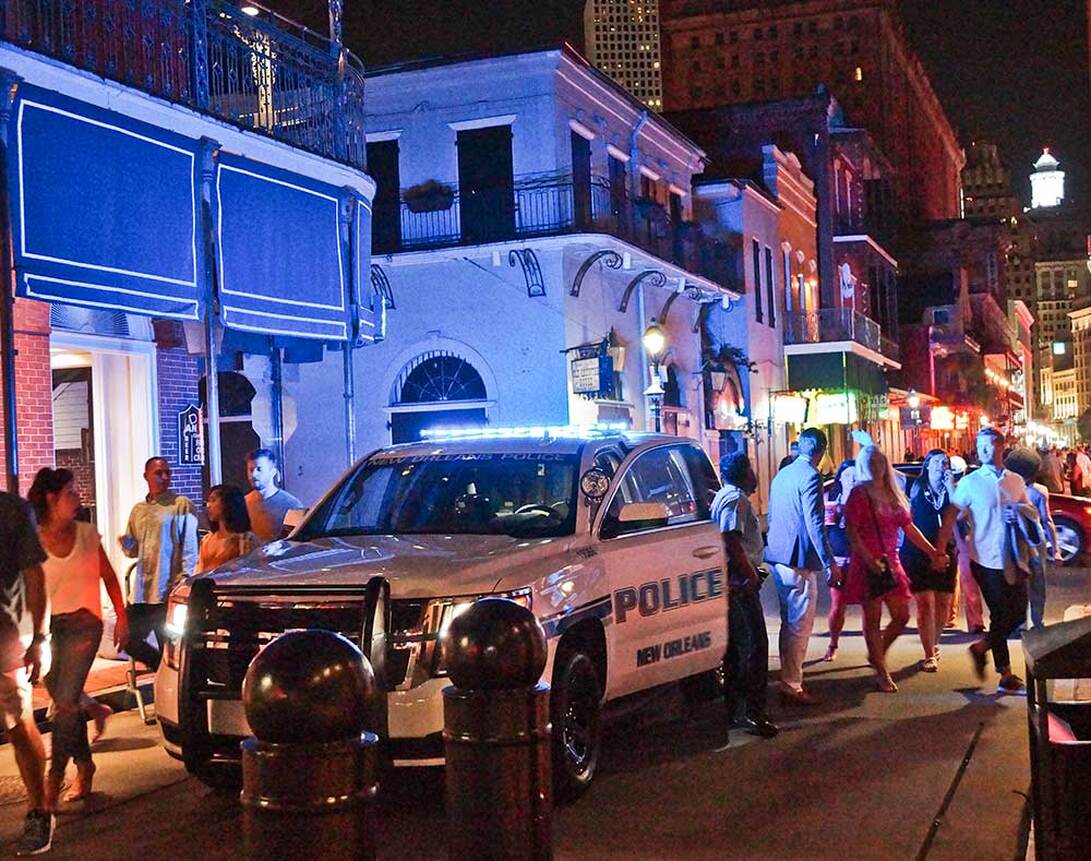
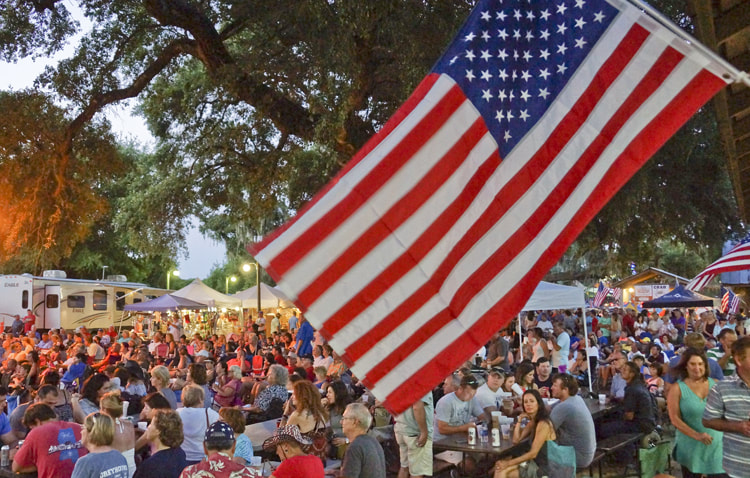
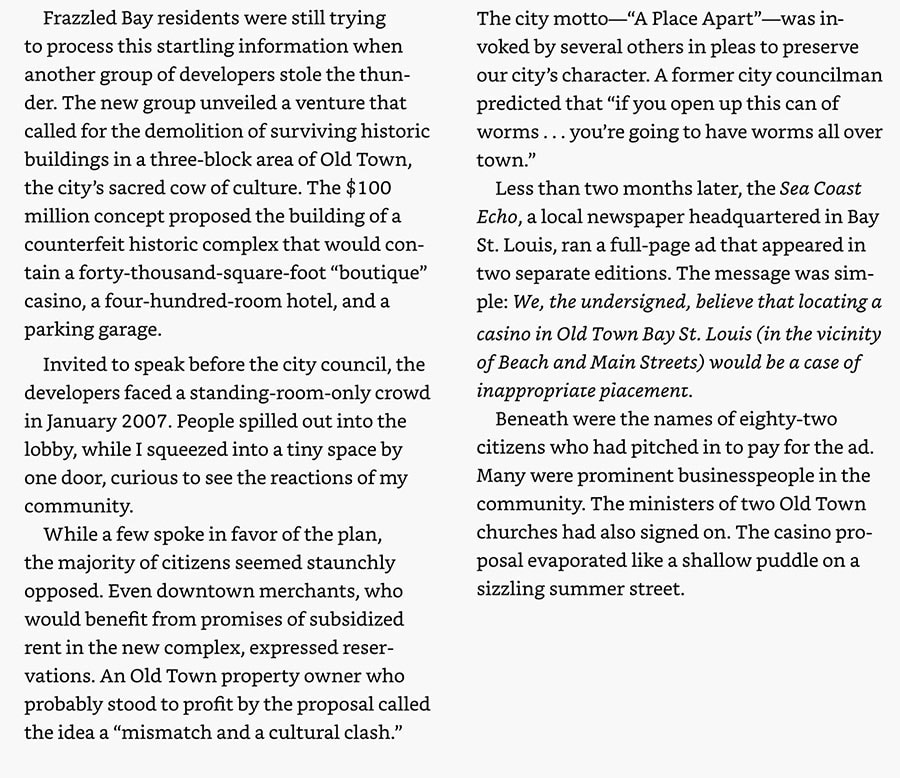
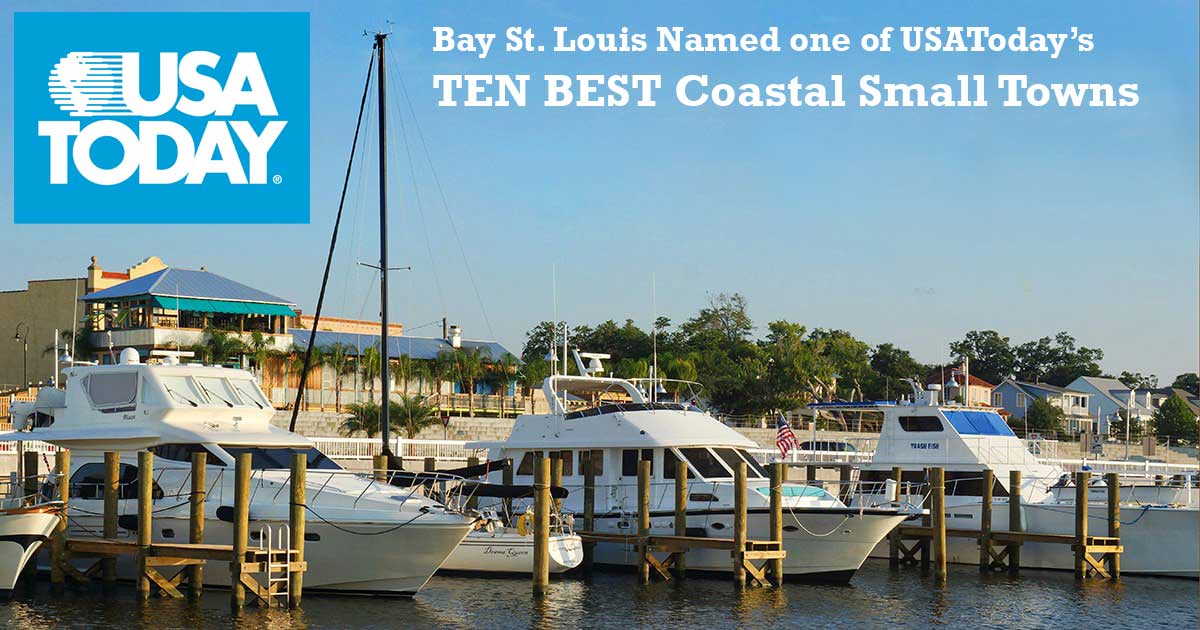
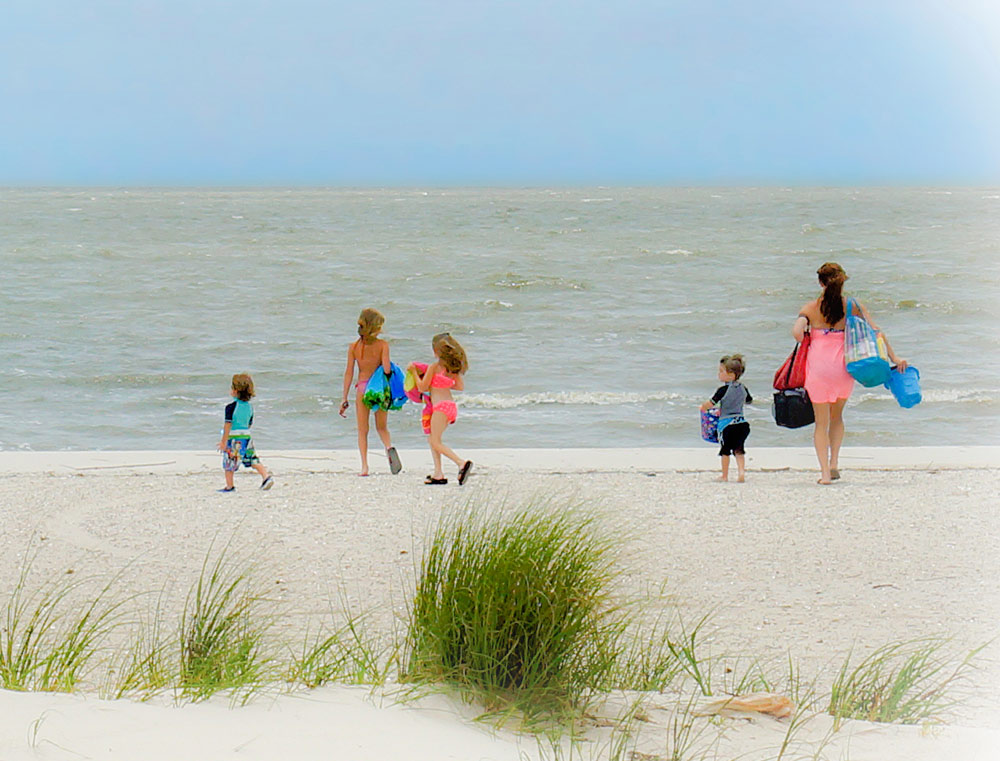
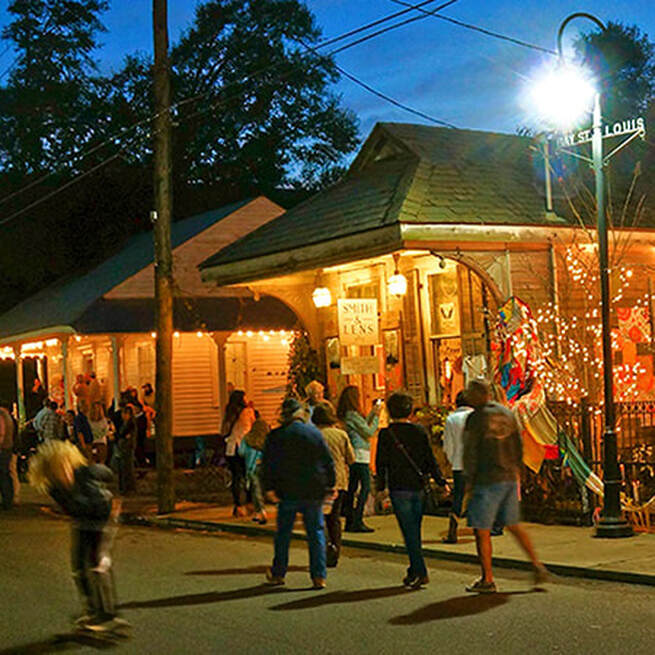


























 RSS Feed
RSS Feed























